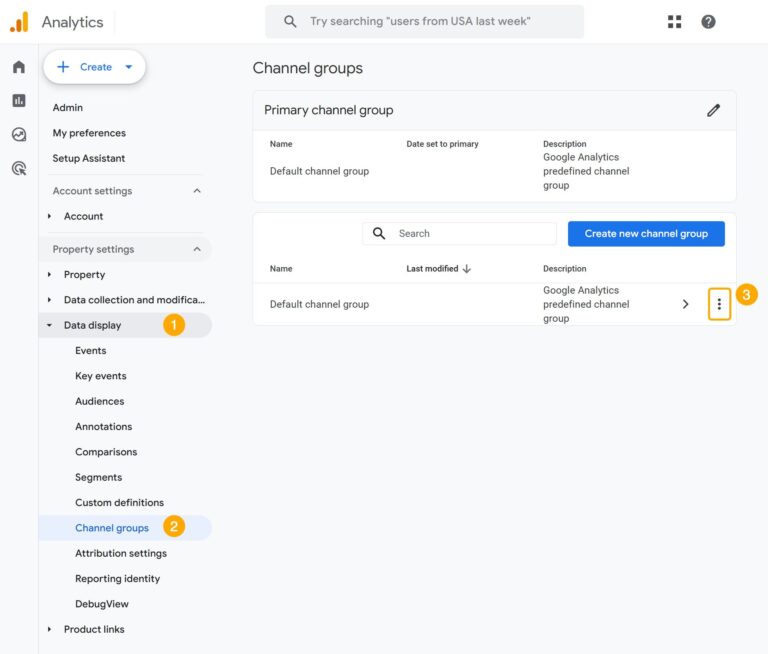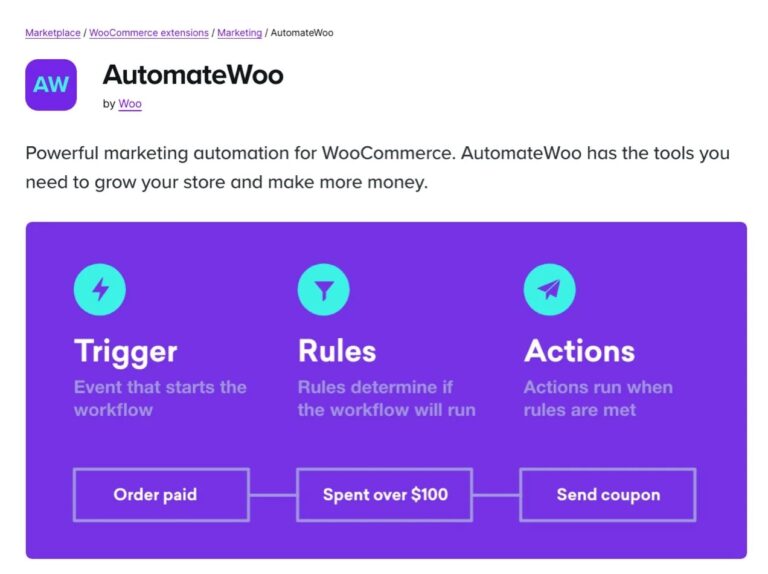Accepting payments on your WordPress site doesn’t have to be complicated. With Stripe and the WP Full Pay plugin, you can set up a secure, user-friendly payment system in just a few steps. Oh, and did I mention you can do it for free?
In this guide, I’ll walk you through the entire process – from installing WP Full Pay to customizing your payment forms. You’ll get clear, actionable instructions to connect Stripe to your site and start processing payments.
Let’s dive in. 💳
What you need to know before adding Stripe to your site
Before setting up Stripe on your WordPress site, it’s important to understand a few key details about how the integration works. These details can affect your setup process, payment handling, and overall user experience.
You need a Stripe account and API keys
To connect Stripe to your WordPress site, you’ll need to create a Stripe account first (free one). Once your account is set up, Stripe provides API keys which you can then use to connect the system with your site.
You also get access to Stripe’s test mode. It allows you to simulate transactions without charging real cards. It’s crucial to run a few test payments through WP Full Pay before enabling live payments.
Stripe supports multiple payment methods, but you need to enable them
By default, Stripe allows card payments, but it also supports Apple Pay, Google Pay, plus lots of local payment processors. You’ll need to enable these options in your Stripe dashboard if you want to offer them during checkout.
Transaction fees apply to every payment
Stripe is free…kind of. You can sign up for free but then Stripe charges a standard fee per every successful transaction. These fees depend on where you’re based:
Check your rates here.
Also, while Stripe processes payments immediately, payouts to your bank account typically take 2-7 business days, depending on your country and account history.
The WP Full Pay plugin for Stripe has free and paid plans available
WP Full Pay, the plugin you’ll use to integrate Stripe with WordPress, offers two main pricing tiers: free and paid.
Both tiers come with the same full set of features – nothing is locked behind a paywall in terms of functionality.
The difference lies in how you handle transaction costs:
- Free tier: Full functionality (nothing locked), additional 5% fee per transaction on top of Stripe’s standard processing fees.
- Paid plans: Starts at €79.50 per year, full functionality, no fees on top of Stripe’s processing fees.
If you’re not sure how much your site will earn initially, the free plan offers a low-risk way to get started without investing in a tool upfront. But once your sales pick up, switching to a paid plan can significantly lower your overall transaction costs.
⚖️ DISCLAIMER
The WP Full Pay plugin is being maintained by the same team that’s behind Themeisle.
Step 1: Sign up with Stripe
This is obviously the first thing we need to do before we can integrate Stripe with anything.
Luckily, getting started with Stripe is quick and straightforward:
- Go to the Stripe website – Head to Stripe.com enter your email address in the main box and click Start now.
- Create your account – Enter your email again, name, and a secure password. Depending on your location, Stripe might ask for more details.
- Set up your business profile – Stripe will ask for basic details like your business name, type, and website.
- Pick from a range of available types of payments – this is where you get to pick if you want to collect one-off payments, recurring, and so on.
- Complete your profile and verify – Depending on your location and the type of payments you want to process, there might be additional steps required for you to go through in the Stripe dashboard. The setup guide will take you through those.

Once your account is ready, you’ll get access to your Stripe dashboard. From there, you can grab your API keys for the next steps.
Go get your hands on those, click on the Developers link (bottom left corner of the Stripe dashboard), and then on API keys:

This is where you’re going to see your publishable and secret keys. Copy and paste them somewhere to a notepad for now – you might need them in a minute.

Step 2: Install WP Full Pay on WordPress
The WP Full Pay plugin installs like any other WordPress plugin. Just log in to your WordPress dashboard, go into Plugins → Add New and enter “WP Full Pay” into the box. You’ll see the plugin on the list:

Click on Install Now and then Activate.
As soon as you do that, you’ll be taken to the installation wizard:

Click on the main button to get started. Stripe will have additional authentication steps ready for you:

At that step, you will also be required to complete your Stripe profile/account setup and provide all your business information. Stripe will also help you out figuring out the taxes you need to charge based on your service/product type and where you’re based.
When you’re through all of that, you’ll be taken back to the WP Full Pay interface:

Here you have an option to subscribe for payment tips via email. It’s optional.
And with that, the core of the integration is done!

Step 3: Create your first payment form
Go to Full Pay → Payment Forms. Click on Add form to begin:

Now this is the best part about WP Full Pay in my opinion; it has all of the most useful types of forms for you there, and they are super simple to set up.

In most cases, you’ll want to create a one-time payment if you’re just getting started. I’ll use that as an example.
Every form has a range of settings and customizations you can set for it. Starting from basics like display name, to payment settings, taxes, and more:
GeneralPaymentTaxAppearanceForm fieldsEmail notificationsWebhook
One element where you’ll likely want to stop – especially if you’re going to be using this setup without WooCommerce working underneath – is to create a Stripe product.
To do that, go back to the Stripe dashboard and go to Product catalog and then click on Create product:

Just some basic settings in there:

Once the product is created, you will be able to connect it with your one-time payment form back in WordPress. You can do this on the Payment tab of WP Full Pay settings:

Click the “+” button and select your product from the list.
Of course, feel free to go through any of the other tabs in the payment form settings to customize the form’s look and feel, the way the currencies are displayed, etc.
When all done, click on Save changes!
You will now see your new form on the list in the WP Full Pay area of the WordPress dashboard:

Step 4: Add your form to any WordPress page or post
Take another look at the screenshot above. The piece of code you can see in the shortcode field is how you can embed your form anywhere in WordPress.
Simply copy that code and paste it into any of your pages or posts. Here’s how:
Go to any post or page and add a Shortcode block to the page’s content:

Inside that Shortcode block, paste in your custom form code from WP Full Pay:

Save the page.
That is it! Your payment form is now publicly visible. Example look:

Going full pro!
The above summarizes the main Stripe integration with WordPress and how to set everything up the easiest way possible.
That being said, WP Full Pay does more than just one-time transactions. It gives you lots of flexible payment options to fit different needs. Here’s what else you can do:
Recurring payments
Set up subscription forms for ongoing payments. This works perfectly for memberships, SaaS products, or any service billed monthly, quarterly, or yearly. You can customize the billing cycle to fit your offering.

Save customer cards
You can allow customers to save their payment details securely for future purchases. This not only speeds up checkout but also makes it easier to handle those recurring charges or follow-up payments without asking for card details again.

Donations
Donations are perhaps one of the most interesting features of WP Full Pay. You can add donation forms for both one-time and recurring contributions. This is perfect for nonprofits, bloggers, digital creators, or anyone looking to collect support from their community. You can even suggest preset amounts or let donors choose what they want to give.

Your move!
Setting up Stripe on your WordPress site with WP Full Pay isn’t complicated when you break it down step by step. Once it’s all up and running, you’ll have a reliable, secure way to accept payments. And the best part is that it works for standard products, services, subscriptions, or donations.
You can start without any upfront costs and use the free version of WP Full Pay. Then, if your sales grow, switching to a paid plan can save you on transaction fees. (I actually advise you to start with the free version – you can convert your setup to a paid one at any moment in WP Full Pay’s license settings).
If you run into any issues, both Stripe and WP Full Pay have solid support to help you out. We should know! 😉
No
Yay! 🎉 You made it to the end of the article!







